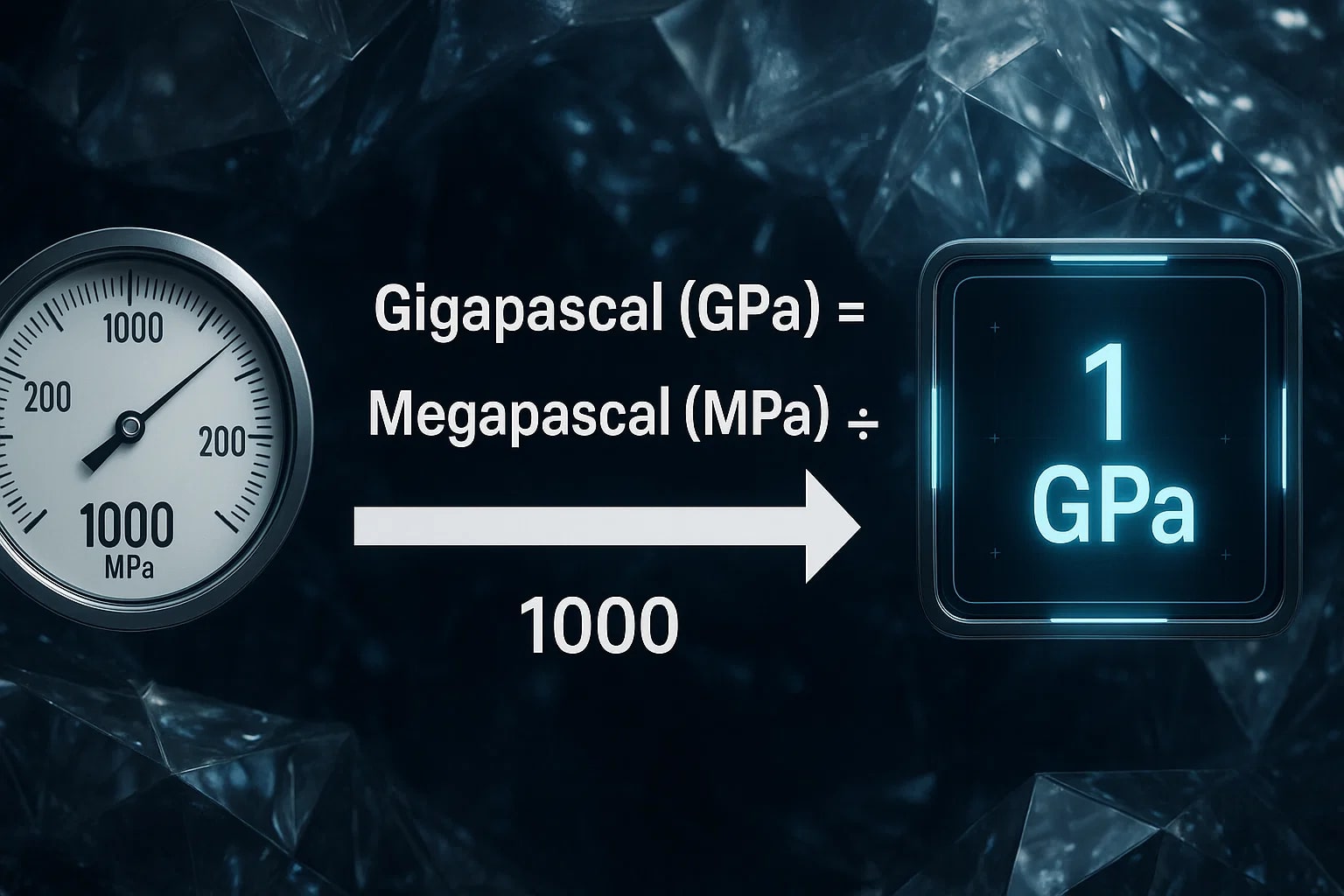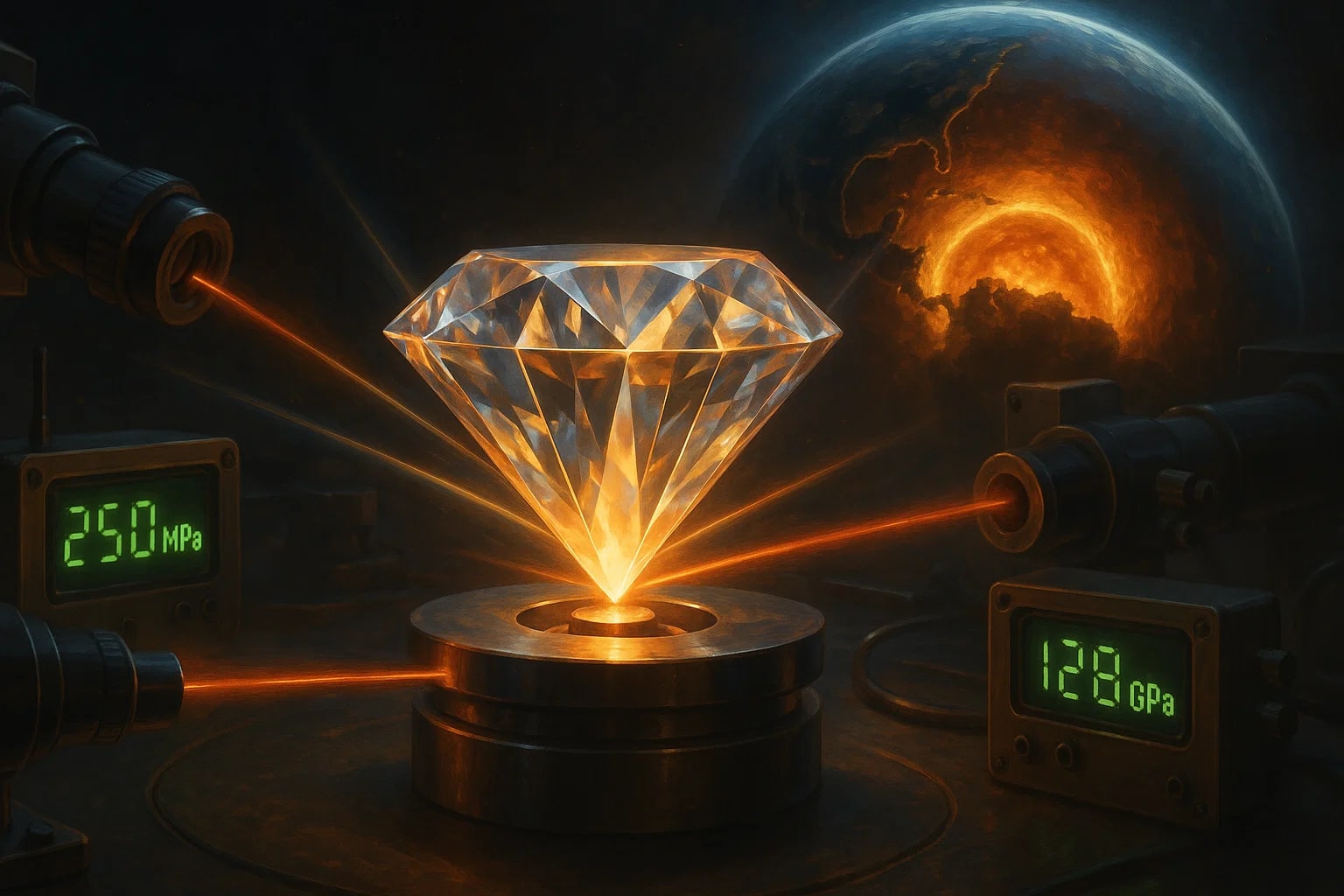megapascal to gigapascal – How to convert MPa to GPa
Pressure in engineering and materials science often reaches very high values. For moderate ranges, megapascal (MPa) is widely used. For ultra-strong materials like diamonds, steel alloys, or nanomaterials, scientists turn to gigapascal (GPa). Converting megapascal to gigapascal is therefore essential in advanced fields such as structural engineering, geology, and physics.
What is a megapascal (MPa)?
A megapascal is one million pascals, or one million newtons per square meter. It is often used in civil engineering (for concrete strength), hydraulics, and manufacturing processes.
What is a gigapascal (GPa)?
A gigapascal equals one billion pascals. It is typically used for extremely high pressures, such as those found deep in the Earth, in cutting-edge material testing, or in aerospace design. For perspective, diamond has a hardness of about 100–150 GPa.
How to convert megapascal to gigapascal
Gigapascal (GPa) = Megapascal (MPa) ÷ 1000
Example:Gigapascal = 500 MPa ÷ 1000 = 0.5 GPa

For instant results, you can use the Conversion Tools. Other helpful calculators like the Speed Converter are also available.
Do you know?
-
About megapascal: The compressive strength of standard concrete is often around 30–50 MPa, strong enough for most buildings and bridges.
-
About gigapascal: The pressure at Earth’s core is estimated at 360 GPa — more than 7 million times atmospheric pressure.
Diamonds Under Pressure
Diamonds are often admired for their beauty, but their strength is equally remarkable. They can withstand pressures exceeding 100 GPa, which is why scientists use them in diamond anvil cells to recreate the extreme conditions of Earth’s interior. By applying force measured in MPa and converting it to GPa, researchers can test materials at pressures rivaling those found at the center of planets.
This simple conversion is the gateway between everyday engineering measurements in MPa and groundbreaking discoveries in GPa. Without it, bridging practical applications with cutting-edge science would be far more complex.

Bridging Scales in Science and Engineering
The conversion is simple: divide by 1000. Yet MPa to GPa connects everyday structures like concrete bridges with research into planetary physics and nanotechnology. From skyscrapers to super-hard materials, this unit switch ensures that no matter how high the pressure climbs, our numbers remain clear and consistent.

